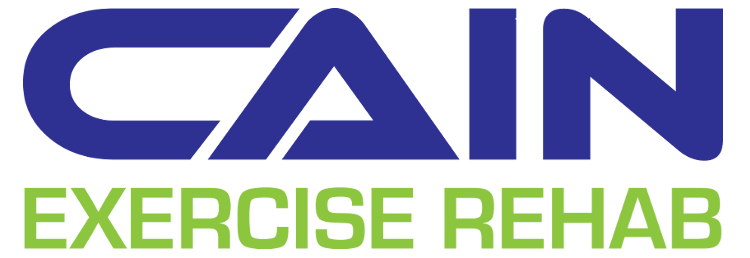I tend to harp on New Year's resolutions a lot, mostly because of how well-documented it is that they don't work.
That's not to say that it's not possible to make changes at this time of year. However, "because it's January" is a reason for change with a rather abysmal success rate. I see many clients at this time of year who have looked at the calendar, groaned, and decided that it's time to deal with their back pain, and it often becomes my challenge to make sure that they take advantage of that temporary drive and turn it into a permanent one. Here are a few things to think about when you're considering taking the first step.
1) Determine Your Reasons Why
A lot of people will walk into a therapist's office saying that they want to get out of pain, but without much more reason in mind other than "knowing they should" or "have to". Especially in chronic pain cases, this attitude is very detrimental to the recovery process, as it reflects a kind of "going through the motions" approach.
If you've had severe back pain for years, it's easy to default to this attitude, but if you want to make an earnest attempt at progress, then you need earnest reasons for it. Try to find intrinsic, rewarding factors to motivate you such as family, quality of life, return to activity, or longevity to keep you adherent to the healing process.
If you've had severe back pain for years, it's easy to default to this attitude, but if you want to make an earnest attempt at progress, then you need earnest reasons for it. Try to find intrinsic, rewarding factors to motivate you such as family, quality of life, return to activity, or longevity to keep you adherent to the healing process.
2) Start Small And Create Goals
Next, those reasons you've determined are important, but going all in with only that end-goal in mind often leads to failure as well. Long-term plans are tough to keep to when the going gets tough and the end barely seems any closer.
If your long-term goal is to run a marathon in two years, remember that you need something to keep your motivation during all 24 of those months. Have a one-week goal, a one-month; two, half-a-year, and so on. Those steps are vital in order to maintain a sense of realism and attainability with the entire process.
3) Expect Speed Bumps (And Prepare For Them)
Clients can often be dismayed by the fact that they've been doing incredibly well in their rehab and feeling fantastic, then hitting a hump and experiencing a relapse in pain. They can often feel like this is an indicator of the treatment not working or that their condition is, in truth, there to stay with no hope of permanent recovery.
This is wrong, however, and it's important that clients know that these are only speed humps, not complete road blocks. Even in drug addiction rehab, a relapse is not considered to be a failed recovery; rather, it's a delayed one with a lesson learned.
If a perfectly healthy person can't expect to never experience an injury, then recovering pain clients don't need to expect to never experience reirritation. Just know that it's coming, have tools to help cope with that temporary increase in pain, and then be prepared to hop right back on the train.
One step back, but always two steps forward.



No comments:
Post a Comment